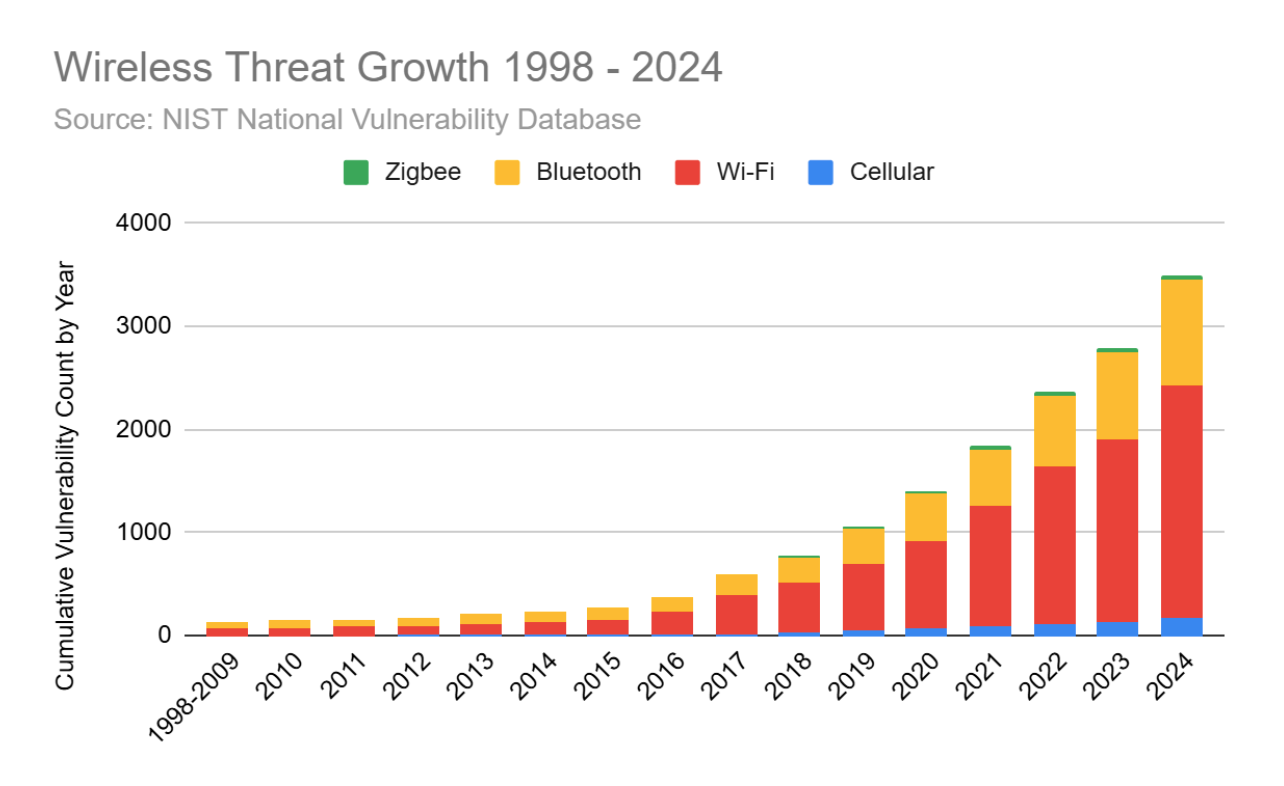
Series: Be Wary of Wearables, Part 2
In the first part of this series, we discussed how many IoT devices are selling out their users to the highest bidder. Today’s blog explores how our forfeiture of this privacy data can have real life consequence.
One of the benefits of fitness trackers and other wearables is the visibility that they bring into everyday activities. But their popularity means that they are coming to market faster and cheaper and with little focus on security. What does this influx and affordability mean to the user? Chances are, it’s a lesser control over your data, including who sees it. In some cases, this might mean personally identifiable information or location data.
Apps like MapMyRun and Lose It! are built for sharing and showcasing your performance. These good intentions, however, often leave people sharing the most precious information of all – their daily routines. These wearables and their supporting apps share when and where you jog, when you go to the gym, and how long it takes you to do these things. Over time, patterns begin to develop about your behavior. This is good for product marketing, but how secure is this data? As a father, I want to be sure that my daughter’s cross country training route doesn’t end up in the wrong hands.
So what can you do to stay safe? Wearables, by themselves, are of little risk. Though as we mentioned in part one of this series, you need to know your privacy policy inside and out. More importantly, be mindful of what you’re sharing; the more you share, the more vulnerable you become. Are you sharing that you’re running a trail in another state? You might recall years ago when Facebook became the burglar’s best friend– your wearable achievements could serve a similar purpose.
Of course, make sure you’re not sharing in real time. If you’ve dominated the hardest trail in the city, wait until you’ve left the park to share your triumph. And while we all know who might be on our Facebook friend’s list, be mindful to device and application privacy and data sharing policies– don’t just hit “accept” on those terms and conditions – know when and where you’re sending your data and make sure you control who can see it.
So, we’ve established that with most devices your data is for the taking (and using, and sharing, and selling in some cases). We’ve also explored how data points, used together, could be harmful. In the next blog, we’re bringing it home. Where does the Enterprise fit in with wearable devices and what will the impact of IoT be in (and to) the workplace? Stay tuned…




